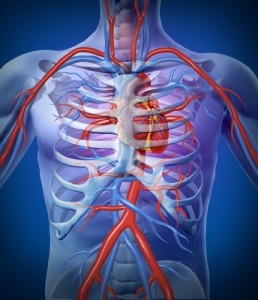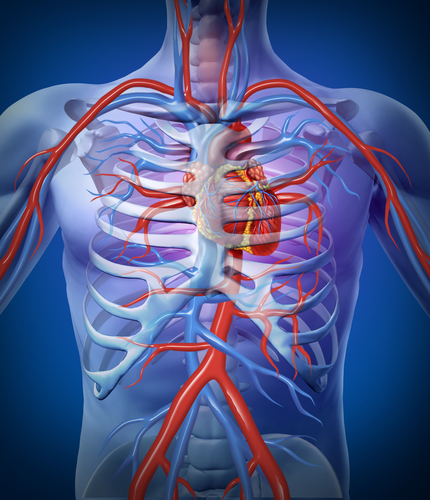 A new study recently identified hexokinase-1 (HK1) as a potential target for therapeutic intervention for Pulmonary arterial hypertension (PAH). Entitled “Up-regulation of hexokinase1 in the right ventricle of monocrotaline induced pulmonary hypertension”, the study was published in the Respiratory Research journal by Dr. Wei-hua Zhang, part of the group of Dr. Yang Zheng, from the First Hospital of Jilin University, Changchun, China, and co-senior author Dr. Zhi-cheng Jing, and colleagues.
A new study recently identified hexokinase-1 (HK1) as a potential target for therapeutic intervention for Pulmonary arterial hypertension (PAH). Entitled “Up-regulation of hexokinase1 in the right ventricle of monocrotaline induced pulmonary hypertension”, the study was published in the Respiratory Research journal by Dr. Wei-hua Zhang, part of the group of Dr. Yang Zheng, from the First Hospital of Jilin University, Changchun, China, and co-senior author Dr. Zhi-cheng Jing, and colleagues.
Pulmonary arterial hypertension (PAH) is a multifactorial and progressive disease characterized by a sustained increase in pulmonary vascular resistance, eventually leading to right ventricle failure and death. It is widely accepted among clinicians and researchers that the right ventricle (RV) response to pulmonary hypertension (PH) is a major determinant of survival, and an alteration in the myocardial metabolism is an important feature of RV dysfunction. An increase in glycolytic metabolism and fluorodeoxyglucose (FDG) uptake has been detected in the right ventricle of patients with PAH. However, it is not clear if the glycolytic pathway and glycolysis-related genes participate in the development of PAH.
Researchers used an experimental model of monocrotaline (MCT)-induced pulmonary hypertension (PH) model in rats, and hypothesized that the expression of glycolysis genes in the right ventricle (RV) in MCT-PH rats were increased. For this, they screened important genes from glycolysis like hexokinase1, hexokinase2, and hexokinase3 (HK1, HK2 and HK3) in the right ventricle, using real time polymerase chain reaction (PCR) and validated them by protein expression. Monocrotaline (MCT) is a pyrrolizidine alkaloid, and its bioactive metabolite selectively damage the vascular endothelium of lung vessels, inducing progressive pulmonary vasculites. This leads to increasing vascular resistance and a gradual rise in arterial pressure after a single subcutaneous injection of MCT (50mg/kg). The increase in RV after load induces hypertrophy and eventual heart failure. The MCT-PH rats were randomly divided into three groups according to MCT treatment, 2-week, 3-week, and 4-week groups, i.e. MCT-2w, 3w, 4w. The hemodynamics and right ventricular hypertrophy parameters were compared among experimental groups and the control group (rats treated with saline solution) in the end of the experiment.
[adrotate group=”4″]
The authors observed an increase in mean pulmonary arterial pressure, right ventricular systolic pressure and right ventricular hypertrophy index as well as changes in the morphology and structure of right ventricular myocardial cells three weeks following MCT injection. In the MCT-3w and MCT-4w groups, the expression of hexokinase 1 (HK1) mRNA increased in the right ventricle, and its mRNA expression was further confirmed by HK1 protein expression and immunohistochemical analyses. Importantly, this result suggests a glycolytic phenotype in the right ventricle.
The authors conclude that there was an increase in the protein and mRNA expression of hexokinase-1 (HK1) three and four weeks after the injection of monocrotaline in the right ventricle. Therefore, the glycolytic enzyme HK1 may be a potential target for therapeutic intervention in PAH .

